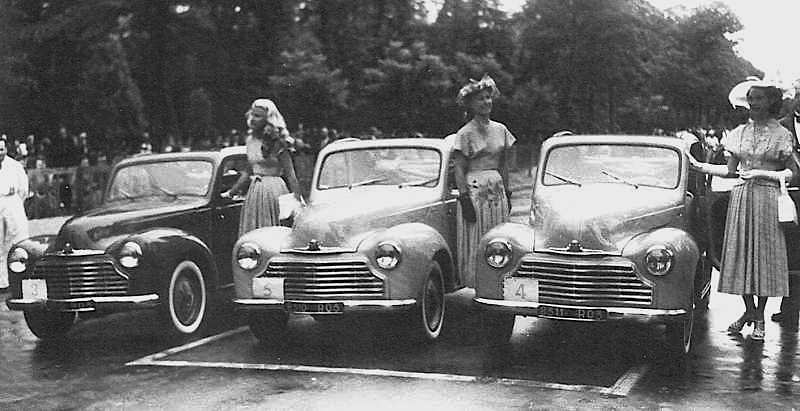There were a few exceptions, however. One was the subject of this post, the Chrysler Cordoba (1975-1983), a sporty two-door model that sold well: background here. Cordobas were given a facelift for 1978 that detracted from the initial styling theme, so I'll deal mostly with 1975-77 Corbodas here.
What interests me about 1975-77 Cordoba Styling is the inclusion of details borrowed from cars of the past. There are three that matter. One is the prominent rectangular grill and its integration to the hood. This was nothing new, as Lincoln's Continental Mk. III of 1969 used Rolls-Royce as inspiration, and other makes were doing the same regarding Mercedes-Benz, as I posted here. Another detail was small "opera windows." The third was the arrangement of round headlights and running lights borrowed from Jaguar (see below).
What all this added up to was not "advanced" styling, but nevertheless a pleasant looking car until the facelift intervened and marred the theme.
1975 Chrysler Cordoba
1975 Dodge Charger SE
To save its dwindling cash supply, Chrysler Corporation resorted to badge engineering on the Cordoba. Above is the nearly-identical Dodge Charger. The main differences are the grilles and the opera window treatment.
1961 (ca.) Jaguar Mark X
Compare this early-1960s Jaguar front end ensemble with that of the Cordoba and Charger shown above.
1976 Chrysler Cordoba - brochure spread
This shows rear-end styling.
1977 Chrysler Cordoba - front
The final front end before the facelift.
1978 Chrysler Cordoba - front
The facelifted front. In place of the nice classical round lamps we find those ugly rectangular ones that polluted many designs during the 1970s and 80s.
























